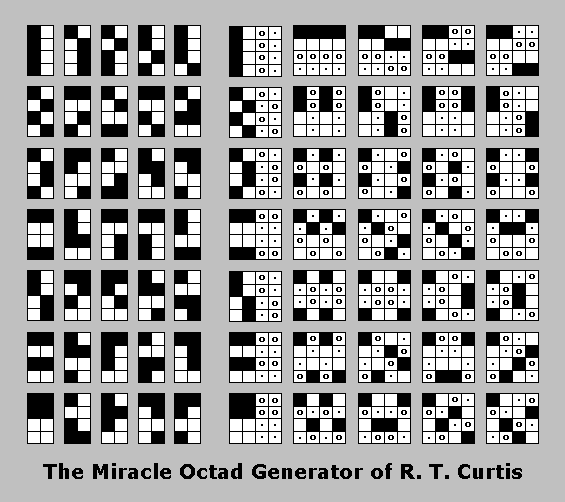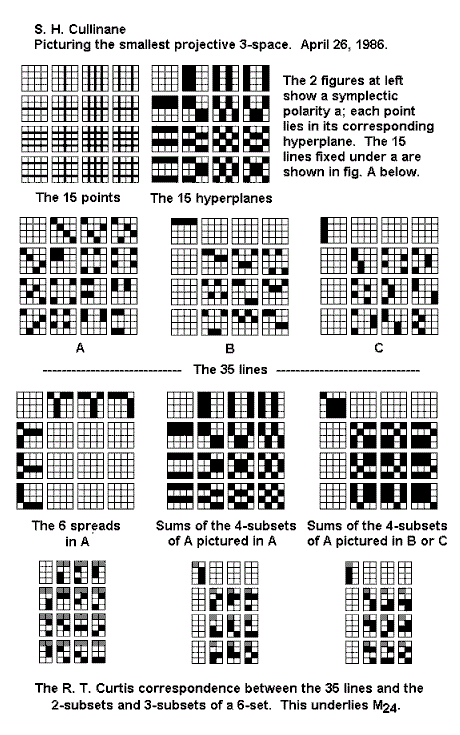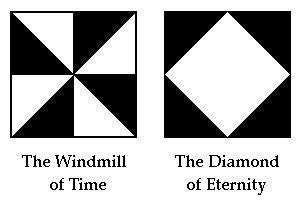Happy birthday to Amy Adams
(actress from Castle Rock, Colorado)
"The metaphor for metamorphosis…" —Endgame
Related material:
"The idea that reality consists of multiple 'levels,' each mirroring all others in some fashion, is a diagnostic feature of premodern cosmologies in general…."
— Scholarly paper on "Correlative Cosmologies"
"How many layers are there to human thought? Sometimes in art, just as in people’s conversations, we’re aware of only one at a time. On other occasions, though, we realize just how many layers can be in simultaneous action, and we’re given a sense of both revelation and mystery. When a choreographer responds to music— when one artist reacts in detail to another— the sensation of multilayering can affect us as an insight not just into dance but into the regions of the mind.
The triple bill by the Mark Morris Dance Group at the Rose Theater, presented on Thursday night as part of the Mostly Mozart Festival, moves from simple to complex, and from plain entertainment to an astonishingly beautiful and intricate demonstration of genius….
'Socrates' (2010), which closed the program, is a calm and objective work that has no special dance excitement and whips up no vehement audience reaction. Its beauty, however, is extraordinary. It’s possible to trace in it terms of arithmetic, geometry, dualism, epistemology and ontology, and it acts as a demonstration of art and as a reflection of life, philosophy and death."
— Alastair Macaulay in today's New York Times
SOCRATES: Let us turn off the road a little….
— Libretto for Mark Morris's 'Socrates'
See also Amy Adams's new film "On the Road"
in a story from Aug. 5, 2010 as well as a different story,
Eightgate, from that same date:

The above reference to "metamorphosis" may be seen,
if one likes, as a reference to the group of all projectivities
and correlations in the finite projective space PG(3,2)—
a group isomorphic to the 40,320 transformations of S8
acting on the above eight-part figure.
See also The Moore Correspondence from last year
on today's date, August 20.
For some background, see a book by Peter J. Cameron,
who has figured in several recent Log24 posts—

"At the still point, there the dance is."
— Four Quartets


.gif)





















